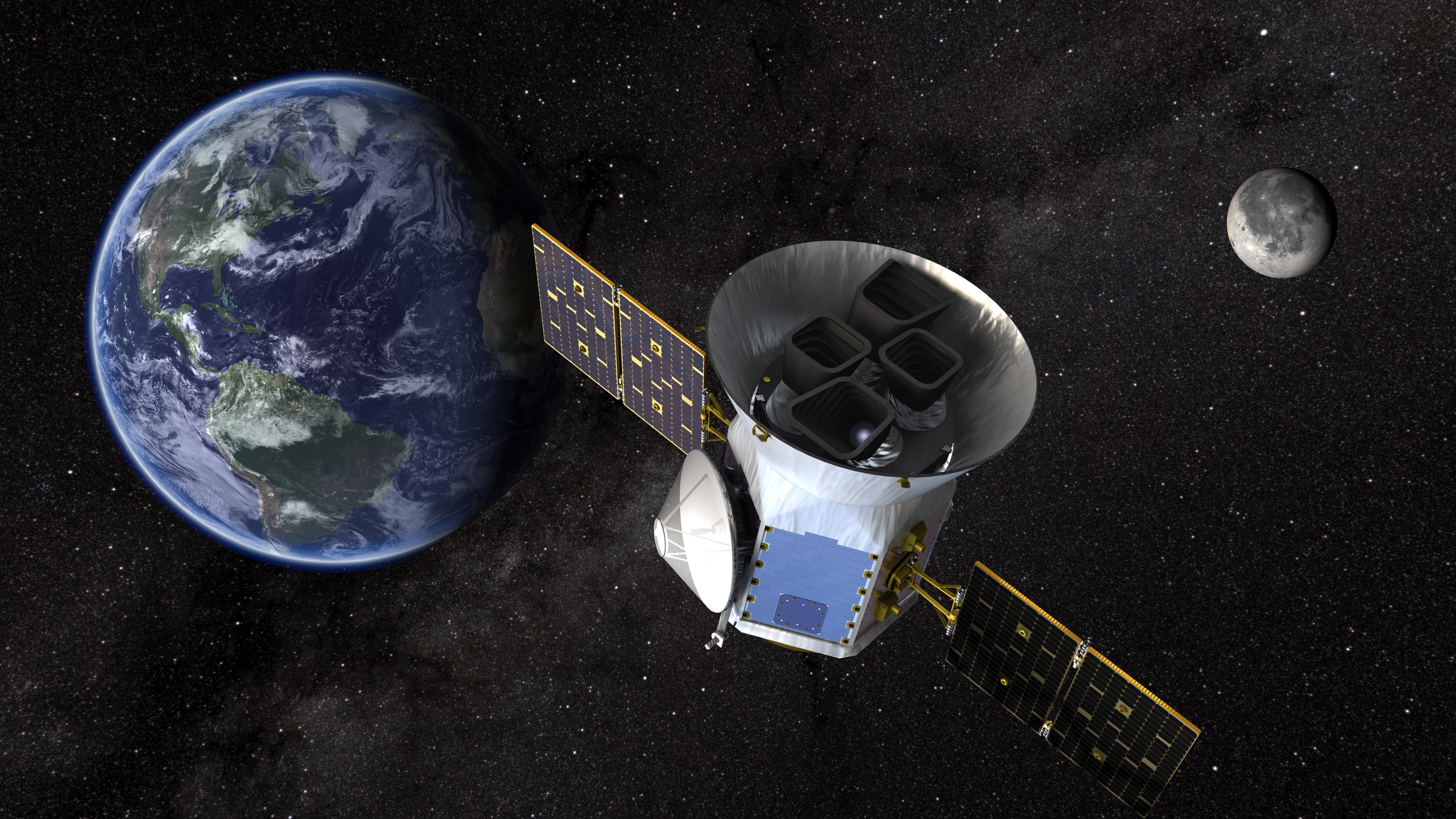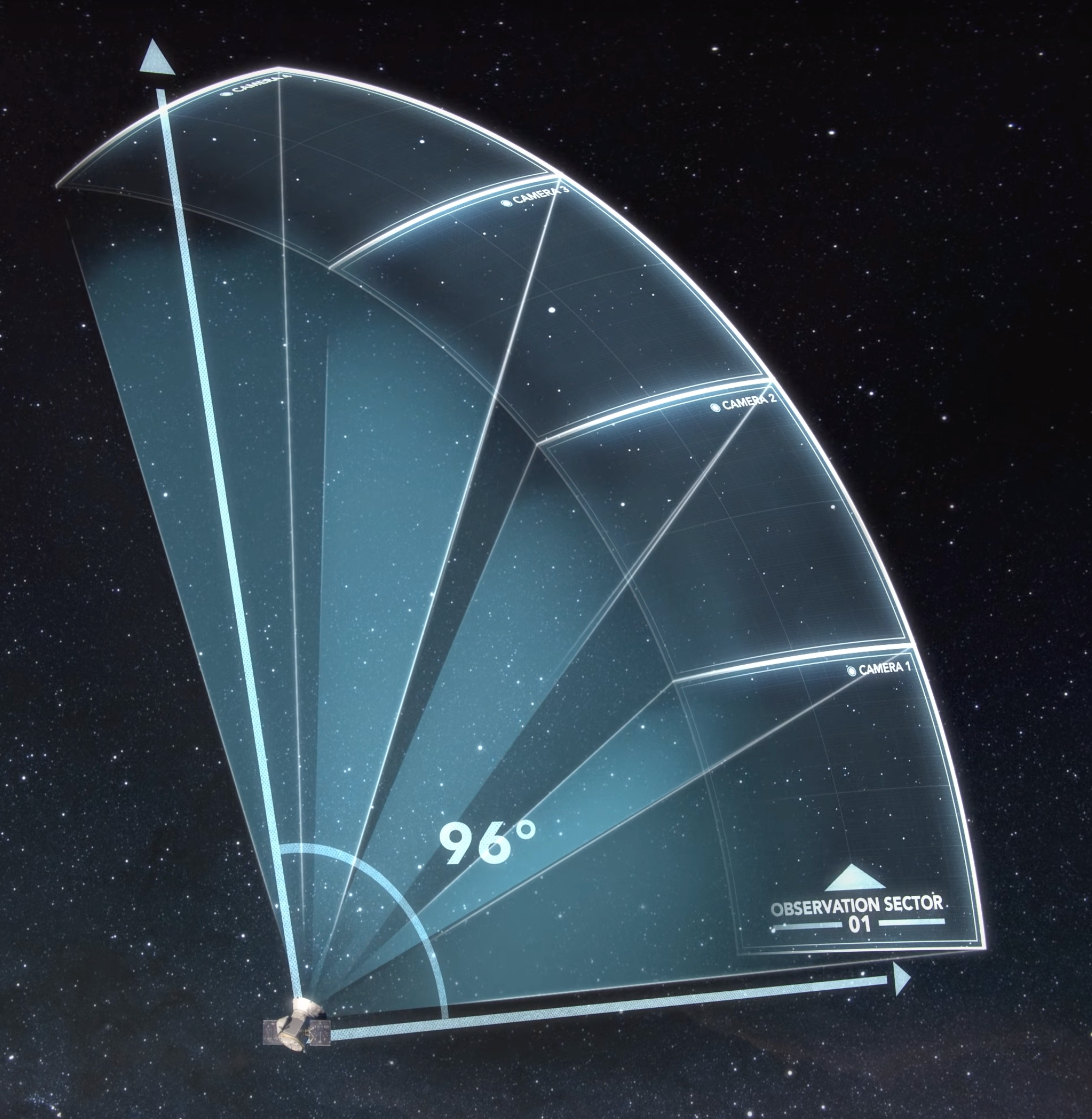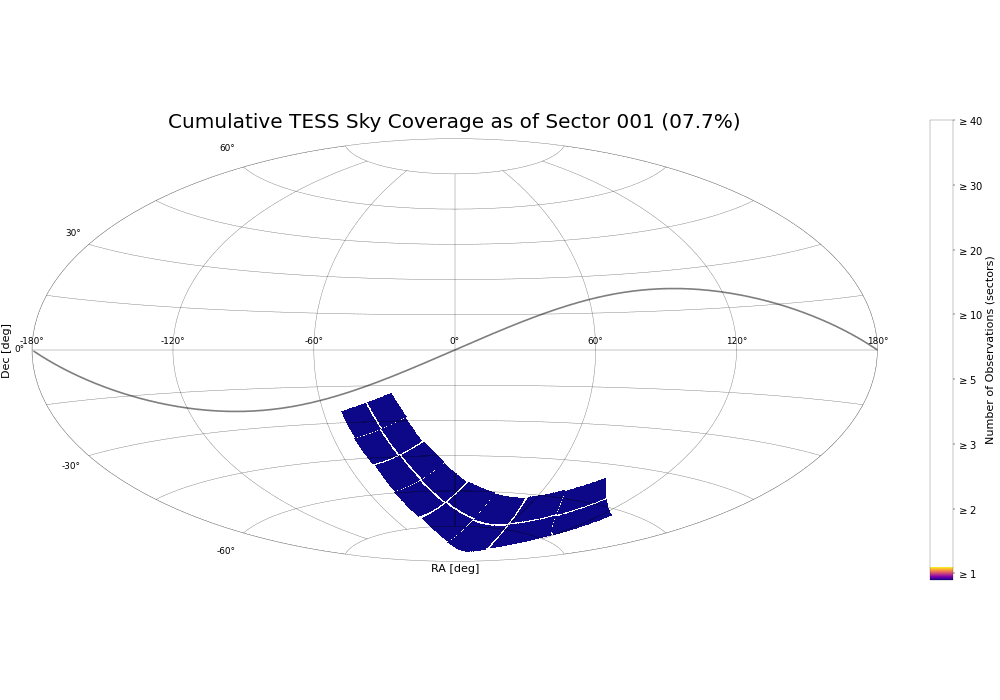The Transiting Exoplanet Survey Satellite (TESS) is an MIT-led NASA mission designed to discover transiting exoplanets by an all-sky survey.
TESS surveys the entire sky searching for periodic dips in star brightness believed to be caused by planets transiting the host star. Using this technique TESS discovers exoplanets, worlds beyond our solar system.
In the course of its extended observations of the sky, TESS also finds and monitors all types of objects that change in brightness, from nearby asteroids to pulsating stars and distant galaxies containing supernovae.
TESS has discovered thousands of planet candidates and is further specially designed to find a pool of small planets transiting small stars. TESS will deliver fifty rocky planets with measured masses for a lasting legacy. TESS has observed Gamma-Ray Bursts (GRBs) as they occurred and acts as an archive of historical data for pre-event measurements for time series astronomy.
The TESS data has no proprietary time and many of the data products are available at MAST within days of the end of an observing Sector.
TESS Field of View
The Transiting Exoplanet Survey Satellite (TESS) is an MIT-led NASA mission designed to discover transiting exoplanets by an all-sky survey.
TESS has four identical, highly optimized, red-sensitive, wide-field cameras that together can monitor a 24 degree by 90 degree strip of the sky. By monitoring each strip for 27 days and nights at 2 second cadence (postage stamp data around selected targets will be binned to 20s and 120s cadence before download, while the full frame images (FFIs) will be downloaded at 200s cadence), TESS will tile the southern and northern hemisphere sky year after year.
TESS has discovered thousands of planet candidates and is further specially designed to find a pool of small planets transiting small stars. TESS will deliver fifty rocky planets with measured masses for a lasting legacy. The TESS data has no proprietary time and the data segments will become public four months after observations.
Sectors
TESS surveys the sky in a series of 27-days long observing sectors.
TESS spent the first year on the southern ecliptic hemisphere and the second year on the northern ecliptic hemisphere. TESS now alternates between northern hemisphere, southern hemisphere, and occasional ecliptic pointings. The complete list of past and upcoming sectors is available on the Operations page. Depending on sky position, TESS targets will be observed for a minimum of 27 days. The figure on the right shows the cumulative sky coverage and overlap for Sectors 1-100. The north and south ecliptic poles will be visited over 40 times each, allowing for deep searches for long period planets.


